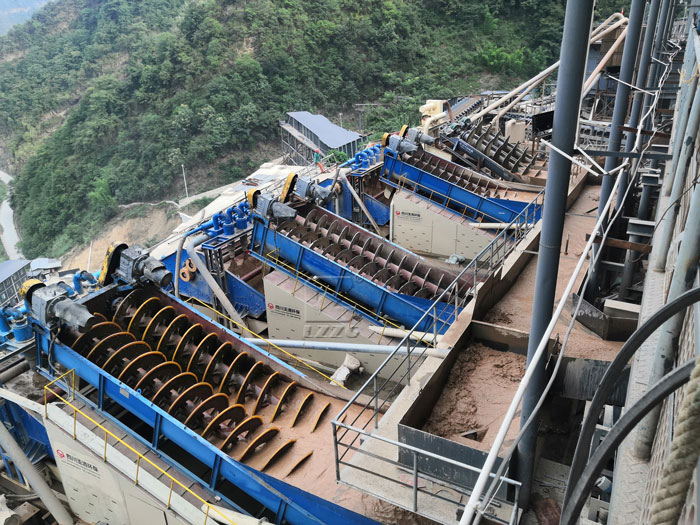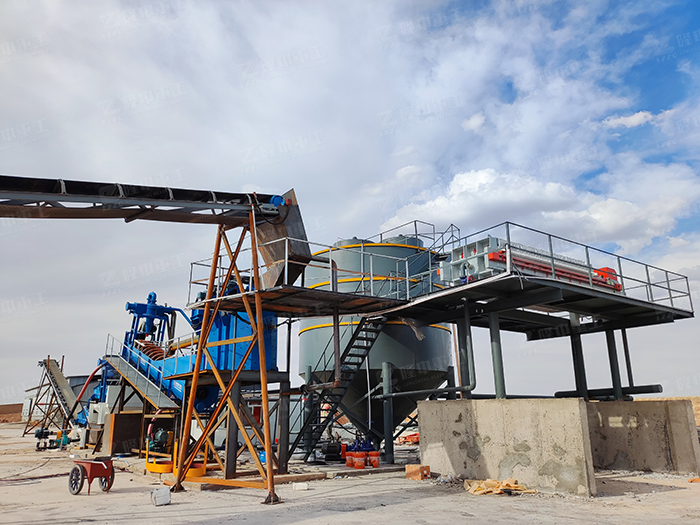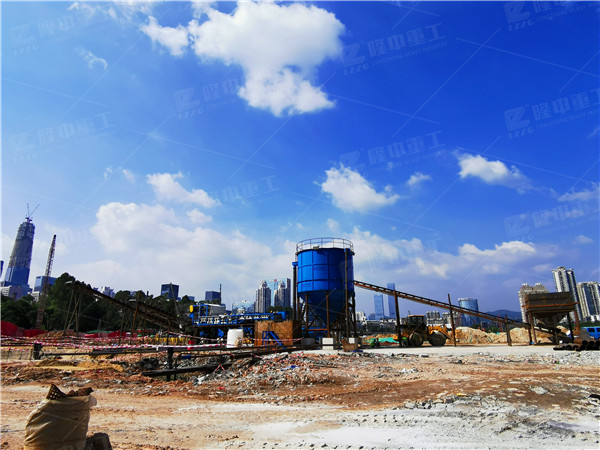What are raw ore, concentrate and tailings?
 October.18,2023
October.18,2023
The ore that has just been mined in the mine without beneficiation or other processing is called raw ore. A small amount of raw ore can be used directly, but most of the raw ore can only be used after being processed by beneficiation or other processes.
In the mineral processing process, after being crushed and ground, the raw ore enters the first stage of flotation, that is, roughing, to produce coarse concentrate and coarse tailings.
The coarse tailings are then subjected to flotation, that is, sweeping, to produce sweep concentrate and sweep tailings.
The coarse concentrate is then subjected to flotation, that is, beneficiation, to produce fine concentrate and fine tailings.
After the ore is initially separated, such as flotation, gravity separation or magnetic separation, part of the gangue or surrounding rock containing water is selected, and a product with a higher grade than the original ore is obtained, which is called a coarse concentrate, and is generally also If the concentrate quality requirements are not met, this process is called roughing service industry. The coarse concentrate is re-selected to obtain qualified concentrate. This process is called beneficiation operation. Sometimes it is necessary to refine the coarse concentrate several times to obtain qualified concentrate. The operations are called primary concentration, secondary concentration, third concentration.

Generally, rougher tailings cannot be discarded as final tailings, and often need to be processed in the next step. This operation is called sweeping. In order to improve the metal recovery rate, multiple sweeps are sometimes required to obtain the final tailings.
After the ore is processed through sorting operations, most of the gangue and impurities are removed, and the product enriched with useful minerals is called concentrate. Concentrate is the final product of the mineral processing plant, sometimes also called final concentrate, and is generally used as a raw material for smelting. The final concentrate must have its main components and impurity content reaching national standards before it can be called a qualified concentrate.





